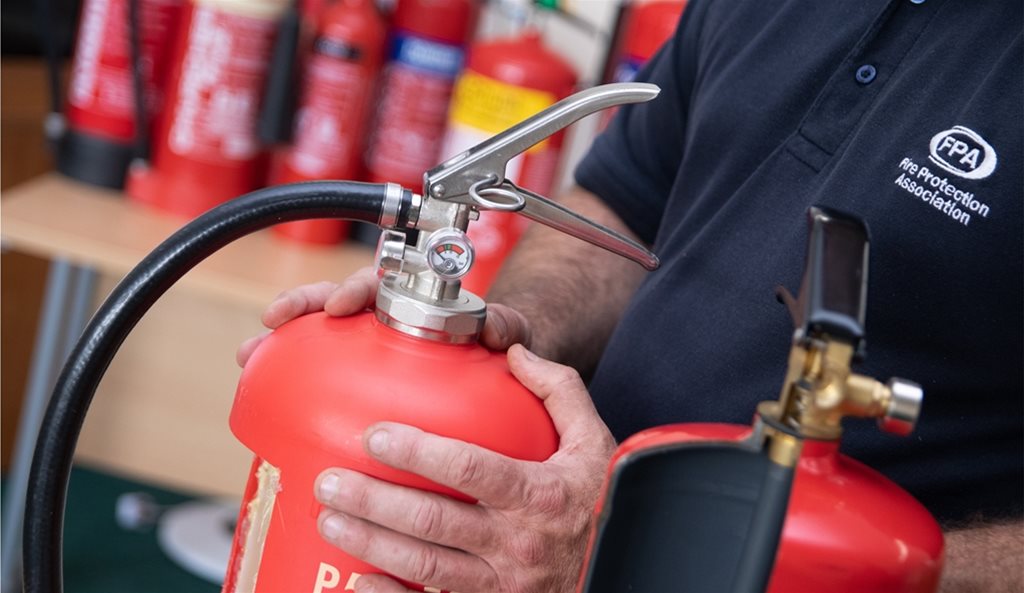Becoming a firefighter is not just about battling flames or rescuing people from burning buildings; it’s about service, dedication, and commitment to the safety and well-being of others. Firefighters play a vital role in protecting lives, property, and the environment. They respond to emergencies, provide medical assistance, and educate communities about fire prevention and safety. If you’re considering a career in this field, it’s crucial to understand the steps involved, the training required, and what the career path entails. In this guide, we’ll explore everything you need to know about how to become a firefighter.
Understanding the Role of a Firefighter
Before jumping into the steps, it’s important to understand the responsibilities of a firefighter. The job goes beyond extinguishing fires; it includes responding to car accidents, handling hazardous material spills, performing search-and-rescue operations, and providing emergency medical care. Firefighters also spend time maintaining equipment, training for emergency scenarios, and educating the public about fire safety.
Being a firefighter is physically demanding and mentally challenging. It requires bravery, quick decision-making, and the ability to remain calm under pressure. However, it is also deeply rewarding, as firefighters often save lives and make a tangible difference in their communities.
Step 1: Meet the Basic Requirements
Like any other career, firefighting has specific eligibility criteria. These requirements vary slightly depending on your location, but the general prerequisites are:
1. Age
Most fire departments require candidates to be at least 18 years old. Some departments may have a minimum age of 21.
2. Education
A high school diploma or GED is typically required. While not mandatory, having additional education in fire science or emergency medical services can give you a competitive edge.
3. Physical Fitness
Firefighting is a physically demanding job. Candidates must pass rigorous physical agility tests to demonstrate their strength, endurance, and overall fitness. It’s essential to maintain a high level of fitness throughout your career.
4. Background Check
Applicants must pass a background check, which includes criminal history, driving records, and sometimes a credit check. Fire departments look for candidates with a clean record and strong moral character.
5. Valid Driver’s License
Firefighters often operate large emergency vehicles, so having a valid driver’s license is a must.
Step 2: Pursue Relevant Education and Training
While a high school diploma is the minimum educational requirement, pursuing additional education and training can significantly improve your chances of becoming a firefighter. Here’s what you can do:
1. Enroll in Fire Science Programs
Many colleges and universities offer degrees or certificates in fire science. These programs cover topics such as fire behavior, fire prevention, hazardous materials, and fire investigation. A degree in fire science can make you stand out during the hiring process and prepare you for advancement opportunities.
2. Obtain Emergency Medical Technician (EMT) Certification
Most fire departments require firefighters to have EMT certification. In fact, many emergency calls involve medical situations rather than fires, so this skill is crucial. EMT training teaches you how to provide basic medical care, such as CPR, wound treatment, and patient transportation.
3. Attend a Fire Academy
Once hired by a fire department, recruits typically attend a fire academy for formal training. Fire academies teach the practical skills needed for the job, including:
- Fire suppression techniques
- Search-and-rescue operations
- Handling hazardous materials
- Using firefighting equipment
- Emergency medical procedures
Fire academy training is intense and combines classroom instruction with hands-on practice. Successfully completing the academy is a critical step to becoming a firefighter.
Step 3: Gain Experience and Build Your Resume
Competition for firefighter positions can be fierce, so gaining relevant experience and building a strong resume is essential. Here are some ways to stand out:
1. Volunteer as a Firefighter
Many fire departments have volunteer programs. Volunteering allows you to gain hands-on experience, develop skills, and demonstrate your commitment to the field. It’s also an excellent way to network with professionals who can guide you in your career.
2. Work as an EMT or Paramedic
Since EMT certification is often required for firefighters, working as an EMT or paramedic before applying to a fire department can provide valuable experience. It also gives you insight into emergency medical services, which are a significant part of firefighting.
3. Take Additional Certifications
Consider earning certifications in areas such as hazardous materials handling, fire inspection, or technical rescue. These specialized skills can make you a more attractive candidate and open up additional career opportunities.
4. Participate in Physical Training
Firefighter physical tests are notoriously challenging. Regularly participate in strength and endurance training to prepare for these tests. Focus on activities like running, weightlifting, and high-intensity interval training (HIIT).
Step 4: Apply to Fire Departments
Once you’ve met the requirements and gained the necessary training, it’s time to apply to fire departments. Here’s what the process typically involves:
1. Research Fire Departments
Each fire department has its own application process, requirements, and hiring timeline. Research departments in your area or where you’d like to work to understand what they’re looking for in candidates.
2. Submit an Application
Submit a detailed application that highlights your education, training, certifications, and experience. Be sure to include any volunteer work, EMT experience, or additional certifications.
3. Prepare for the Candidate Physical Ability Test (CPAT)
The CPAT is a standardized test used by many fire departments to assess a candidate’s physical fitness. The test includes tasks like stair climbing, hose dragging, equipment carrying, and simulated rescue operations.
4. Pass the Written Exam
Most fire departments require candidates to pass a written exam that assesses basic skills such as reading comprehension, mathematics, and mechanical reasoning.
5. Nail the Interview
If you pass the physical and written exams, you’ll be invited to an interview. This is your chance to demonstrate your dedication, teamwork skills, and passion for firefighting.
6. Undergo Background Checks and Medical Exams
The final steps in the hiring process typically include a thorough background check, medical examination, and drug screening.
Step 5: Advance Your Career
Once you’ve been hired as a firefighter, your journey doesn’t stop there. Firefighting is a career with opportunities for growth and advancement. Here’s how you can progress:
1. Gain Experience
The more on-the-job experience you have, the better equipped you’ll be to handle complex emergencies and take on leadership roles.
2. Pursue Advanced Certifications
Consider earning advanced certifications in areas such as fire investigation, fire prevention, or hazardous materials management. These certifications can qualify you for specialized roles.
3. Seek Promotions
Many fire departments offer opportunities for promotion to roles such as fire engineer, lieutenant, captain, battalion chief, and fire chief. Promotions typically require a combination of experience, leadership skills, and additional education.
4. Continue Your Education
Pursuing higher education, such as a bachelor’s or master’s degree in fire science, public administration, or emergency management, can open doors to administrative and leadership positions.
Challenges and Rewards of Being a Firefighter
Challenges
- Physical and Emotional Demands: Firefighting is physically taxing and emotionally intense. Firefighters often witness traumatic events and must be resilient to cope with the stress.
- Irregular Hours: Firefighters work long shifts, including nights, weekends, and holidays. The unpredictable nature of emergencies means you must be ready to respond at any time.
- Risk of Injury: Firefighters face inherent dangers, including burns, smoke inhalation, and exposure to hazardous materials.
Rewards
- Saving Lives: Few careers provide the opportunity to make such a profound impact on people’s lives.
- Teamwork and Camaraderie: Firefighters work closely as a team and often form strong bonds with their colleagues.
- Job Stability: Firefighting is a stable career with opportunities for advancement and competitive benefits.
- Community Service: Firefighters play an essential role in their communities, earning respect and admiration.
Final Thoughts
Becoming a firefighter is a challenging but incredibly rewarding journey. It requires physical fitness, mental toughness, and a dedication to serving others. By meeting the basic requirements, pursuing relevant education and training, gaining experience, and applying to fire departments, you can set yourself on the path to a fulfilling career.
Remember, firefighting is not just a job—it’s a calling. If you’re passionate about helping others, thrive under pressure, and are willing to put in the hard work, a career as a firefighter may be the perfect fit for you.
So, are you ready to take the first step toward becoming a firefighter? Start preparing today, and you could soon join the ranks of these brave men and women who dedicate their lives to protecting others.




